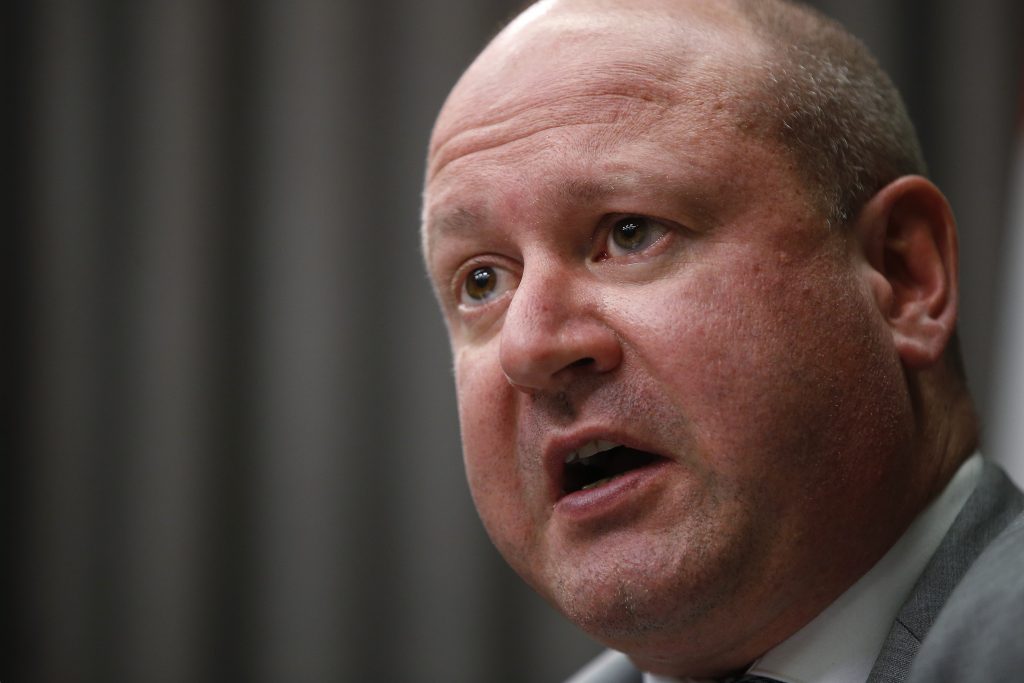Manitoba’s top doctor reflects on pandemic, says one move could have come earlier

WINNIPEG — Manitoba’s chief public health officer says it was “difficult” to extend restrictions on gatherings into people’s homes, but he notes the move might have been made earlier with the benefit of hindsight.
“It was very daunting to provide for such wide-reaching restrictions on so many different sectors, and … it seemed even more difficult to apply public health restrictions to someone’s private residence,” Dr. Brent Roussin told The Canadian Press in a wide-ranging interview about the pandemic and lessons learned during the unprecedented health crisis.
“Could they have come in earlier? Looking back, we saw a lot of transmission there, so yes. But again, we don’t know necessarily what effects that would have had definitively. But (gatherings in homes) certainly turned out to be a significant route of transmission.”
Advertisement
Manitoba saw a small number of cases in the pandemic’s first wave in the spring of 2020, and many cases were directly related to travel. The second wave saw a sharp rise, starting in the early autumn, with close indoor contact being a major contributor. By mid-October, the province was starting to see more than 100 new daily cases on a regular basis.
The province imposed caps on public gatherings and, two weeks later, banned indoor service at bars and restaurants. But small get-togethers inside homes were allowed to continue until Nov. 20.
Like all provinces, Manitoba was making unprecedented use of powers under public health legislation.
The government is required to use the least restrictive means necessary, Roussin said, citing medical ethics, the Charter of Rights and Freedoms and Manitoba’s Public Health Act. The law specifies that restrictions “must be no greater than is reasonably necessary” to respond to a health emergency.
Manitoba was hit with a third wave this spring, driven in part by the more-contagious Alpha variant, first detected in the United Kingdom. Wider transmission was noted in workplaces and data showed people of colour had exponentially higher rates of infection.
Advertisement
For the first time, Manitoba had to ship COVID-19 patients in intensive care to other provinces to free up beds.
“That Alpha strain was much different than the wild-type strain,” Roussin said.
That third wave has now subsided. Daily case counts have dropped and the percentage of people testing positive dipped below three per cent this week for the first time in months. Limits on public gatherings and restrictions on in-home visits are being eased.
Roussin said he expects a fourth wave that will be different again. With more than 60 per cent of Manitobans aged 12 and over now fully vaccinated, outbreaks may not be widespread, but rather concentrated in areas where vaccine uptake is lower.
The fourth wave will also be combined with the first flu season in some time, Roussin said, because people have begun to interact again as restrictions are lifted.
Advertisement
“It’s not going to be a COVID-only wave.”
Roussin said politicians, who have the final say on restrictions, have listened to his team throughout the pandemic.
“Public health was heard and our advice was followed.”
Another lesson learned from the pandemic is the need for wide and ongoing collaboration, he said. That means both within the health-care system and with businesses and other sectors affected by any restrictions.
As for his own future, the top doctor said the challenges and long hours of dealing with pandemic have not swayed his future
Advertisement
“I plan to be here for as long as they’ll have me.”